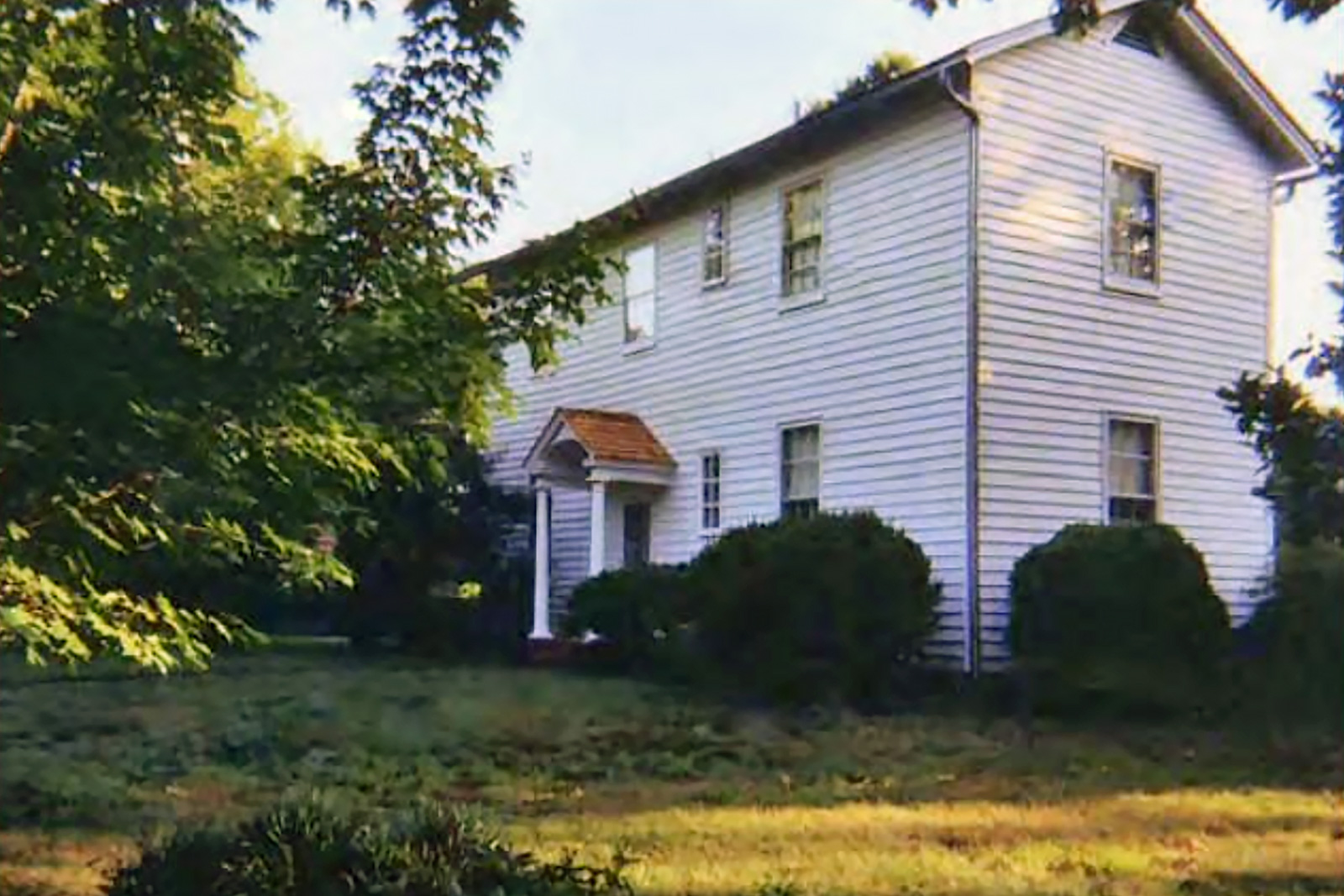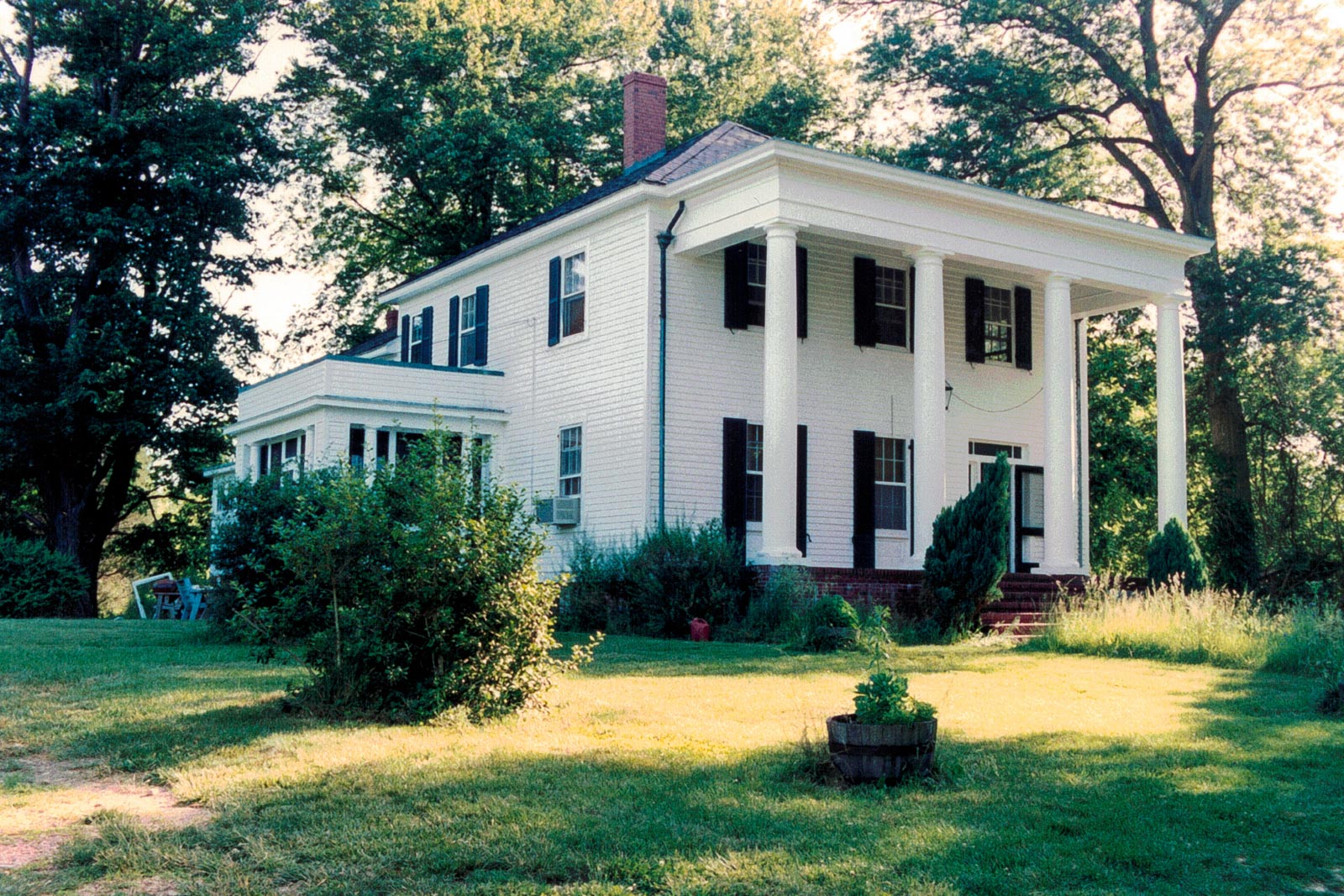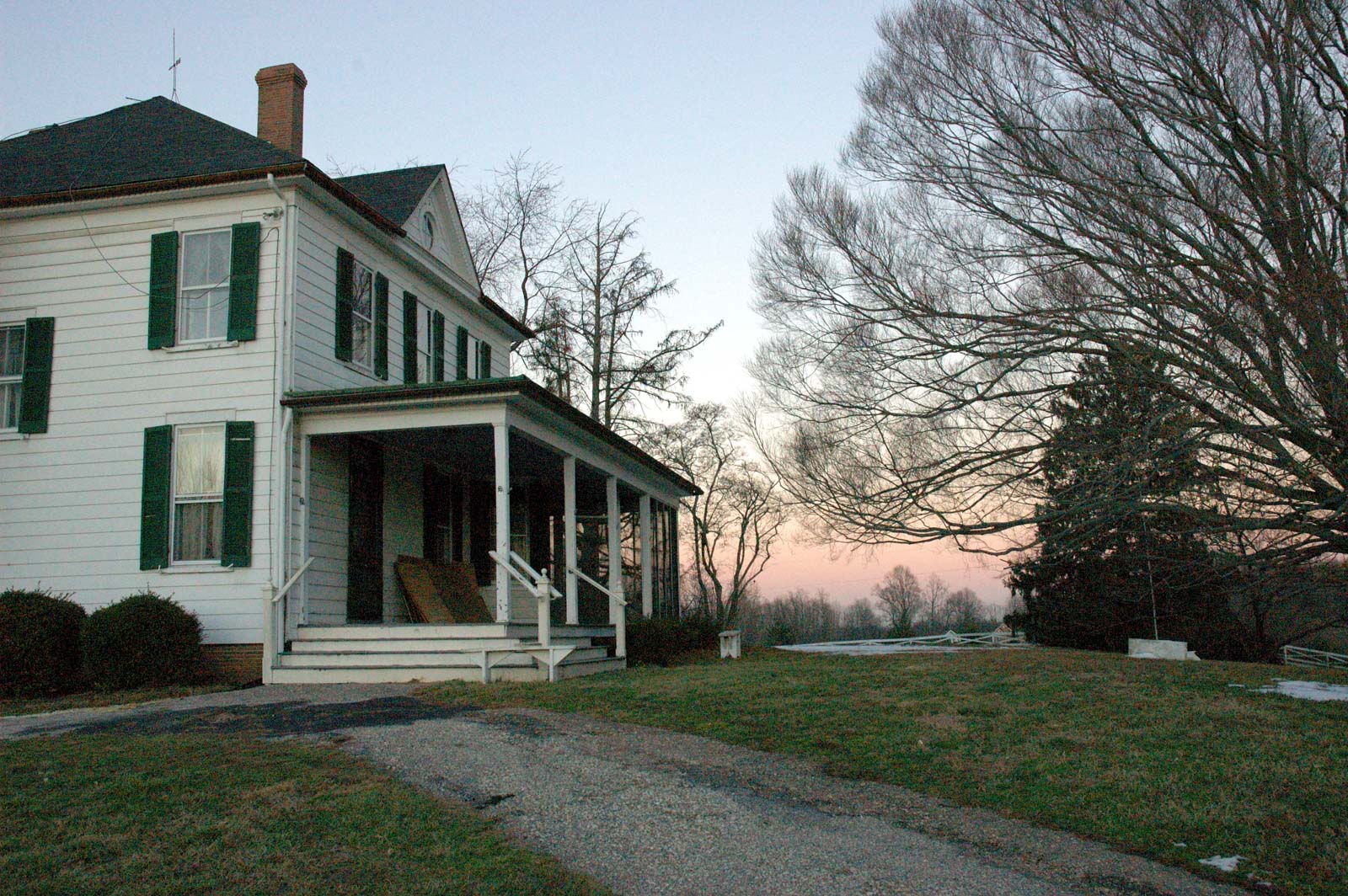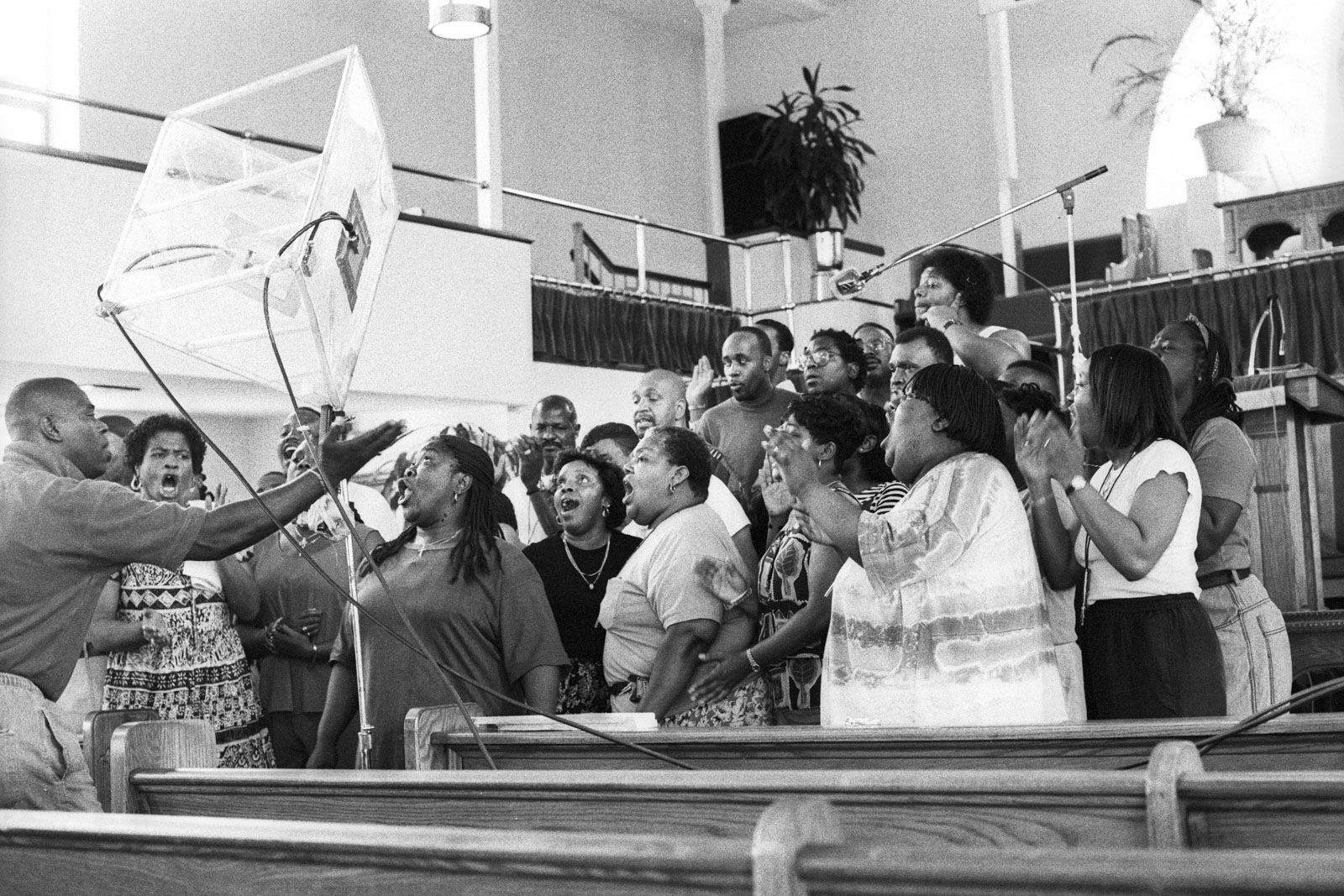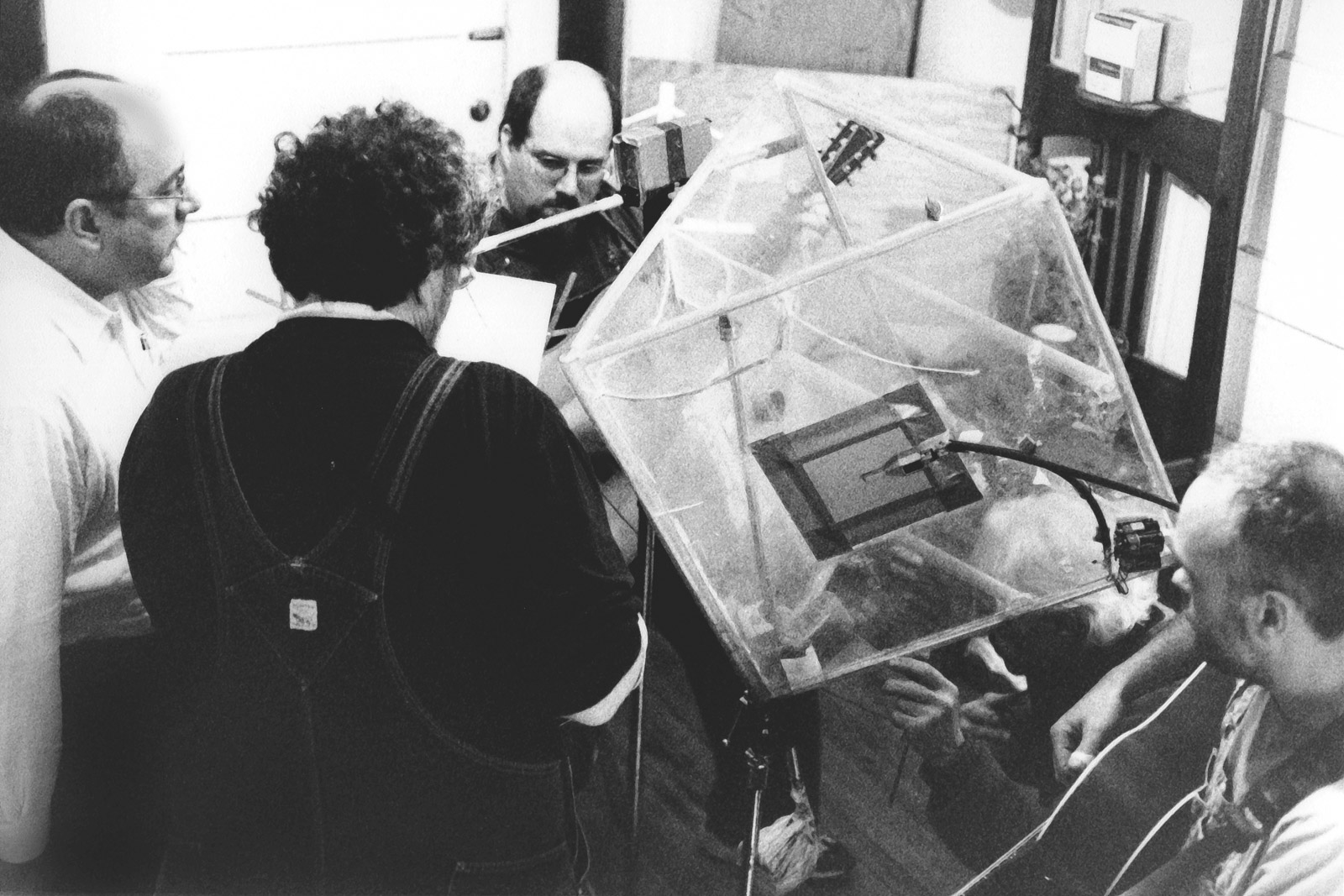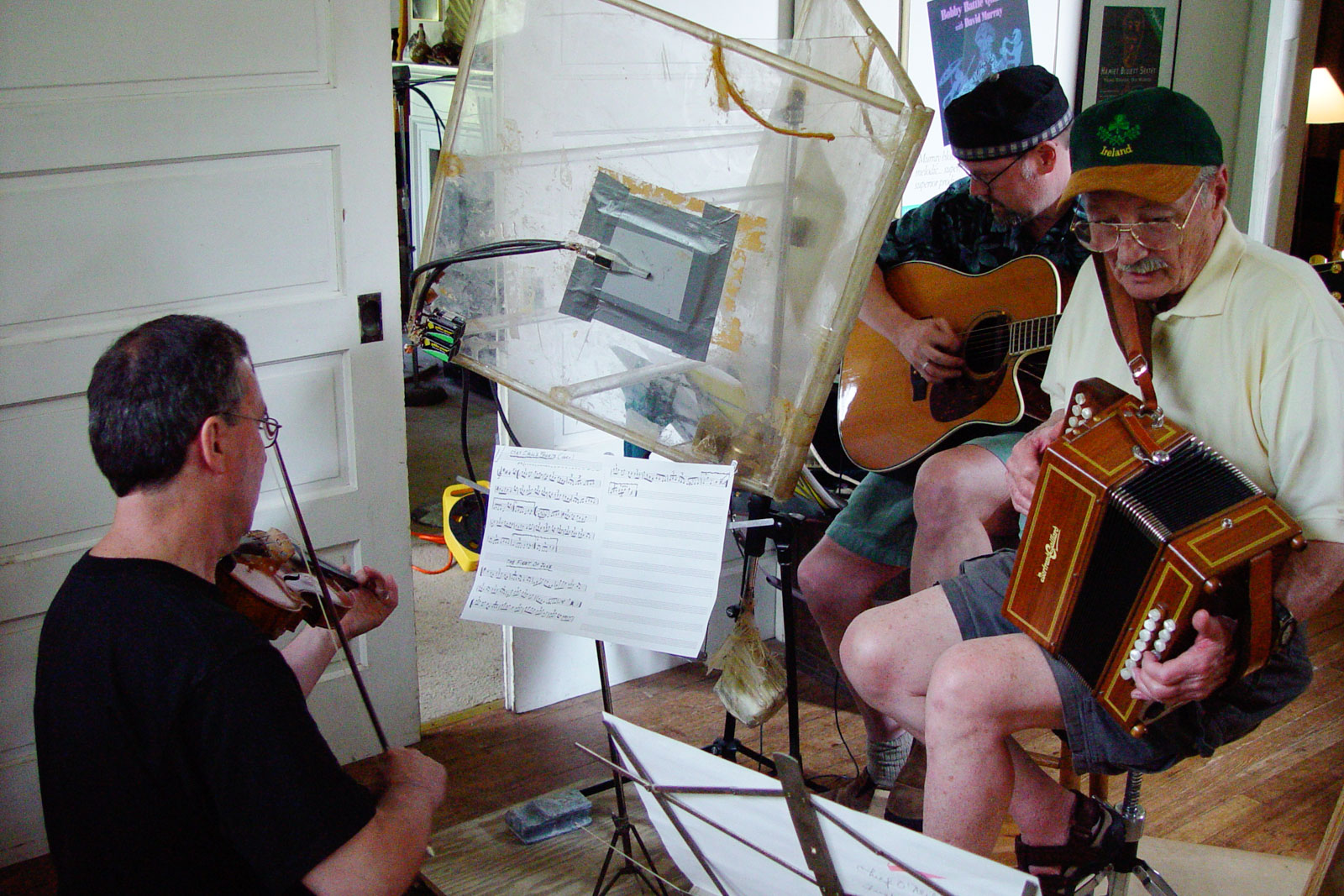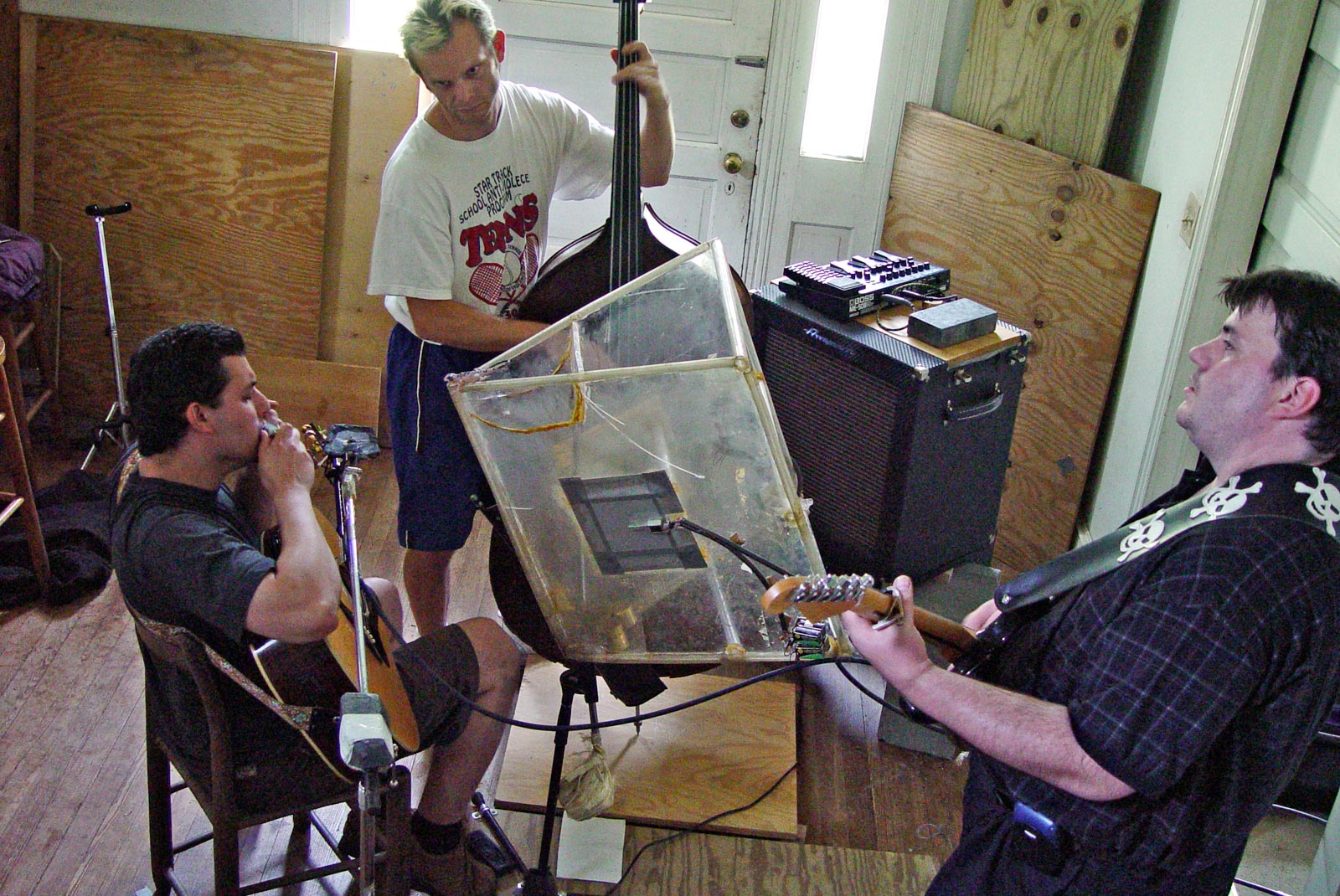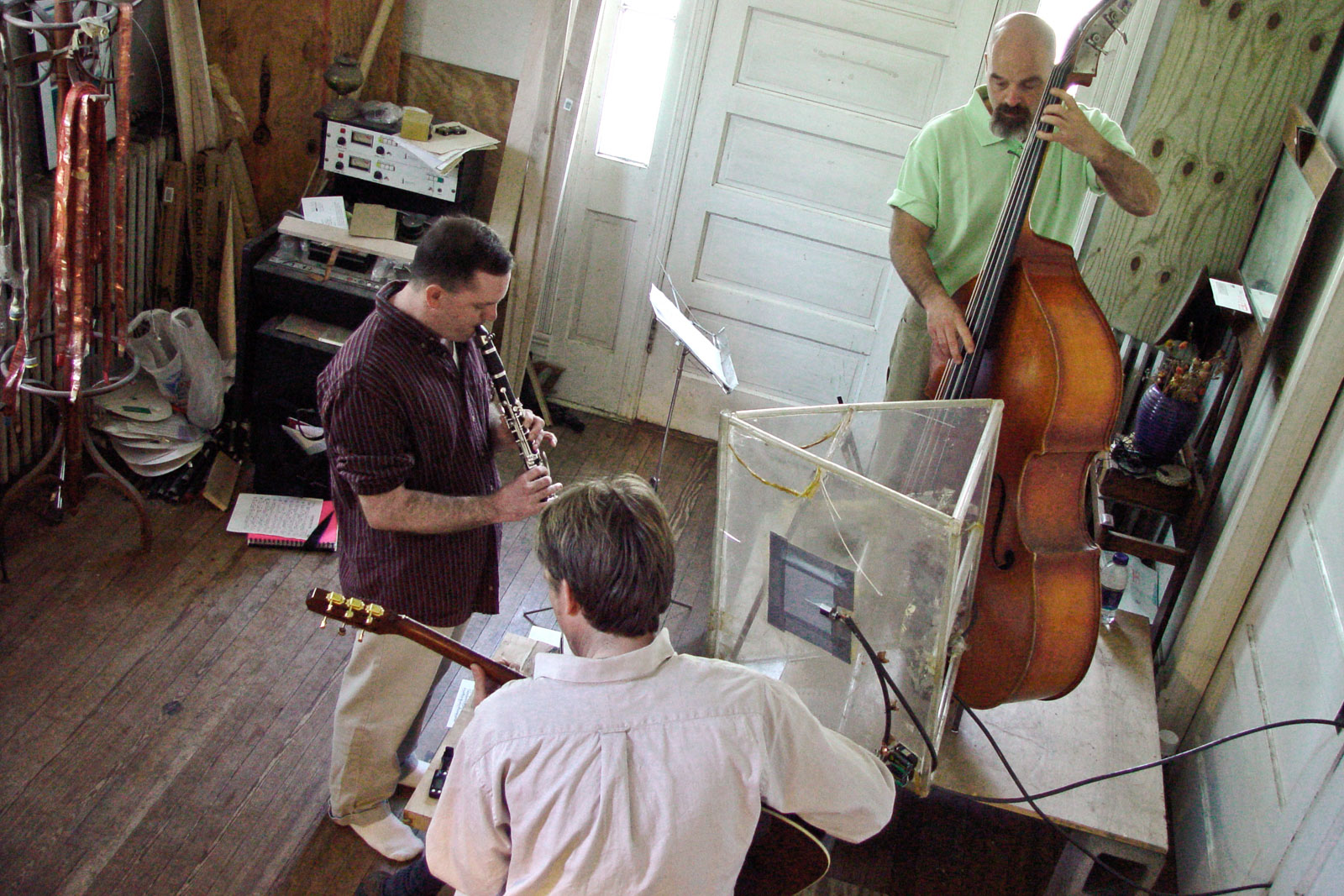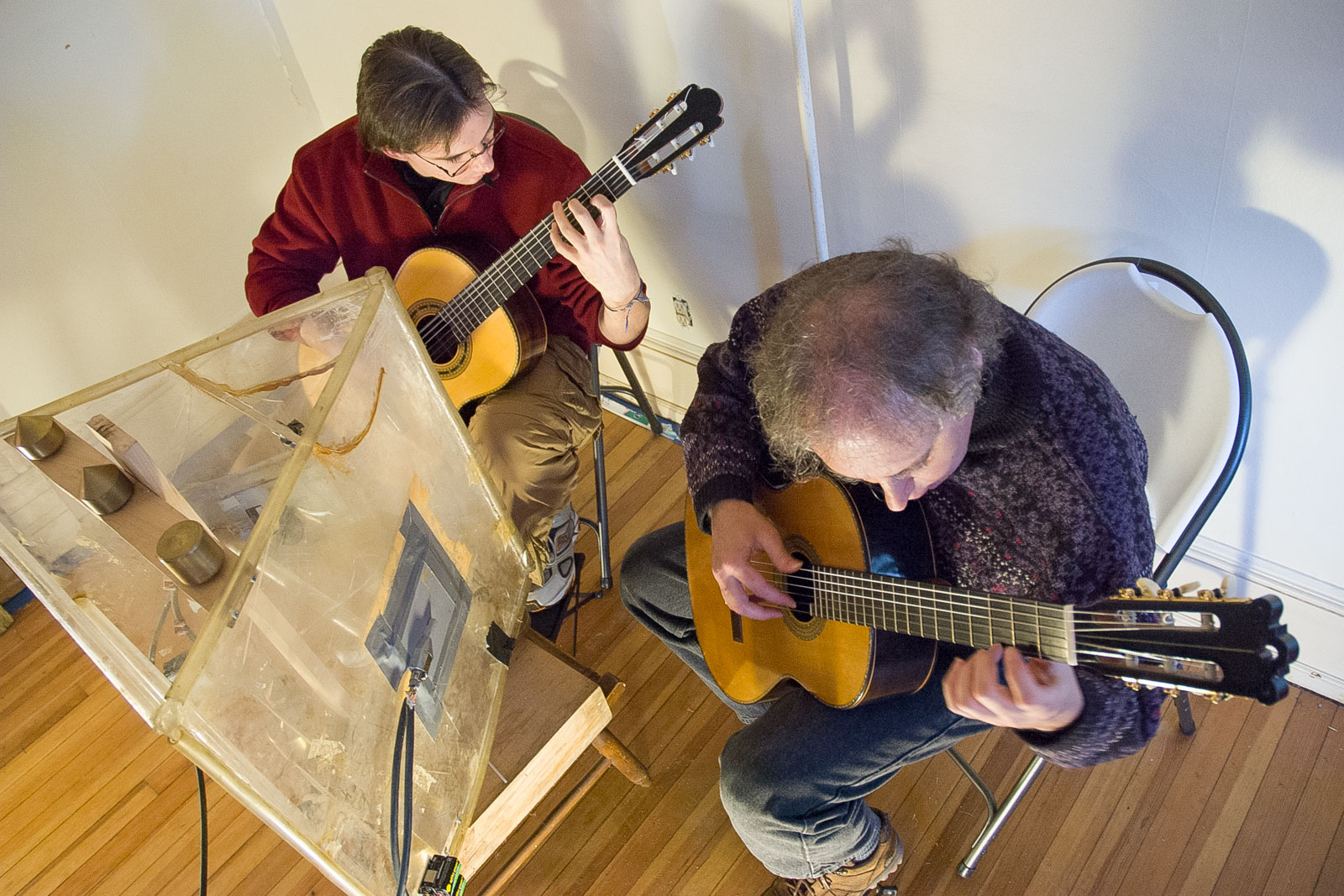About Us
a haven for music since 1986

What's Mapleshade?
Founded in 1986, Mapleshade began as Pierre Sprey's home recording studio -- affectionately referred to as "Edison's Lab" by jazz great Walter Davis Jr. We record live to two-track analog, transfer to digital at a rate 100 times faster than the CD standard, and use no add-on EQ, reverb or noise reduction electronics. Our recordings are made with only 2 to 4 microphones and no cables longer than 20 feet. The resulting sound has startling, "in-the-room" clarity, raw and exciting, full of the life that few studios capture.
The remarkably lifelike sound quality of Mapleshade CDs is a direct result of Pierre's unconventional approach to good sound -- and his unwillingness accept the dogmatic conventional wisdom of audio engineers. In his own words, "The wonderful thing about high end is the principle that only your ears count. And that's a way of making brilliant advances in designing anything that has to do with audio, and certainly in designing ways of recording."
Succinctly stated, that's the design philosophy that underlies both our recordings and hand-crafted audio cables, groundbreaking vibration control mounting systems, and a variety of other music upgrade products. Hi-fi is plagued by inferior sounding products turned out by designers relying on sine wave theory and sine wave test signals unrelated to music waveforms — without empirically verifying their theories by careful listening tests that use real music.
Our products were born from Pierre's research to improve the sound quality of his studio recordings and playback, then later adapted for home use. Every Mapleshade product has been painstakingly refined by thousands of hours of ear testing, using our own purist recordings of live music. We take pride in offering quality handmade products that seriously improve the sound of any stereo — as demonstrated by our 30-day money back guarantee.
Mapleshade Studio & Upgrades
When people first hear about Mapleshade, there’s always a barrage of questions. “Why do you record on analog tape?” “Can wires really make my stereo sound better?” “Why are Clearview wires so thin?” We’ve tried to address the common questions about our CDs and products on other pages. But there's a good question we've missed, one delicatly posed by one of our musicians on his first call to our Studio: “What’s this Mapleshade shit?” It's a reasonable question, considering our not-quite-conventional approach to recording and good sound. Here’s a brief sketch of how the pieces of the Mapleshade puzzle happened to fall together by Pierre:
"Mapleshade is actually my third career. I’m proud of my previous defense and statistical consulting careers, but recording music and improving sound is the most satisfying thing I’ve ever done. Born in France in 1937, I grew up in New York, graduated from Yale in aeronautical engineering and French Lit, then went on to a Cornell M.E. in mathematical statistics and operations research. Coming back to New York, I worked as a consulting statistician for Grumman Aircraft and immersed myself in the city’s fertile jazz scene.
In 1966, I was recruited to work at the Pentagon for Secretary of Defense McNamara’s “Whiz Kids.” There, two brilliant fighter pilots and I started the F-16; I also led the USAF’s design concept team for the A-10 tankbuster. Leaving the Pentagon in 1971, I continued consulting for the Pentagon on my fighter programs ’til the mid ’80s. From the ’70s on, I started doing more and more amaeur recording, mostly in D.C.’s flourishing inner city jazz clubs. A complete skeptic on high-end audio, I had my audiophile epiphany in 1983 after 30 seconds of listening to a system set up by Bob Dilger, manufacturer of the Maplenoll air bearing turntable (and an old A-10 comrade in arms). Soon I was doing design work for Bob on his ’table and using audiophile ideas to improve my recordings.
In 1986 I started Mapleshade Studio, immediately after my old friend Shirley Horn asked me to record her Softly album, my first pro gig. By 1988, I was recording people like Clifford Jordan, Walter Davis, Jr., Gary Bartz, and Leon Thomas, making my own microphones, and manufacturing my first thin solid core interconnects and speaker cables.
In 1990, I launched the Mapleshade label to produce unusually creative jazz, blues and gospel music recorded with the purest, closest-to-live sound in the industry. We achieved national distribution in 1993. A year later, I started Wildchild! to record, in the same way, other traditional genres like R&B, Irish, country, bluegrass and world musics. In 1999, we added Mapleshade Classical to bring unprecedented spontaneity and “liveness” to the classical repertoire.
Also In 1990, I met my design partner Ron Bauman. A graduate EE from Lehigh University and president of inSound Inc., Ron is a world class authority on RF communications as well as a brilliant audio circuit designer. We hit it off instantly, formed our Mapleshade/inSound wire manufacturing partnership, and began our ongoing 25 year research program to develop, from a blank slate, the world’s least compromised, best-sounding audio wires. By 1991, we had launched the cost-is-no-object Omega Mikro line encompassing the world’s thinnest, least dielectric-laden cables and interconnects—and pioneering the voltage-biased shield system now being widely emulated by other manufacturers. In 1998, we debuted our Clearview line with the design goal of offering excellent sounding cables with a modest price tag that surpass wires costing 10 times as much.
Also in 1998, I launched the first generation of Mapleshade’s Vibration Control System and CD treatments.
The Mapleshade Store
In 1997 we started publishing the Mapleshade Handbook to tell more people about our music and products without compromising our direct-to-consumer pricing, to share our design ideas and the experiments underlying them, and to make available the useful free upgrades we’ve developed in the course of our research and development.
During the 1990s, it was ’standard operating procedure’ to shut-down all errant sources of noise on the Studio’s AC line during recording sessions. The house refrigerator, microwave, fax machine, and computers were all unplugged. The ringers turn off all phones, only lights with incandescent lights could be left on. Notes were passed to communicate while tape was rolling. The Studio’s need for AC purity began to interfere with our commitment to prompt mail-order service. We moved business operations to Baltimore in 2001 so recording sessions and R&D at The Beechwood could continue untethered.
Our mail-order business is located in the historic Mt. Vernon district of Baltimore. ’The Mapleshade Store’ is the name we use to umbrella our diverse range of recordings, upgrades, and music storage shelves. We do not have a retail store but offer free local pick-up for pre-paid orders.
Amish Wood Working
In 2001, Pierre turned to a local Amish sawmill to source the carefully selected 2” and 4” Ambrosia maple that exclusively goes into our platforms, racks and stands. Into our second decade, the same sawmill is sourcing our logs and same Amish family overseas the painstaking 3-6 year drying process. Ben, with his sons Crist and Uri, meticulously plane, bevel, shape, sand and hand-finish all our wood products—including our Cable Lifts, Trilateral diffusers and modular shelving. The family takes great care to ensuring their workmanship matches the exceptional performance we demand of our own designs. Their hand-sprayed clear satin finishes handsomely show off the dramatic character of our old-growth Ambrosia maple.
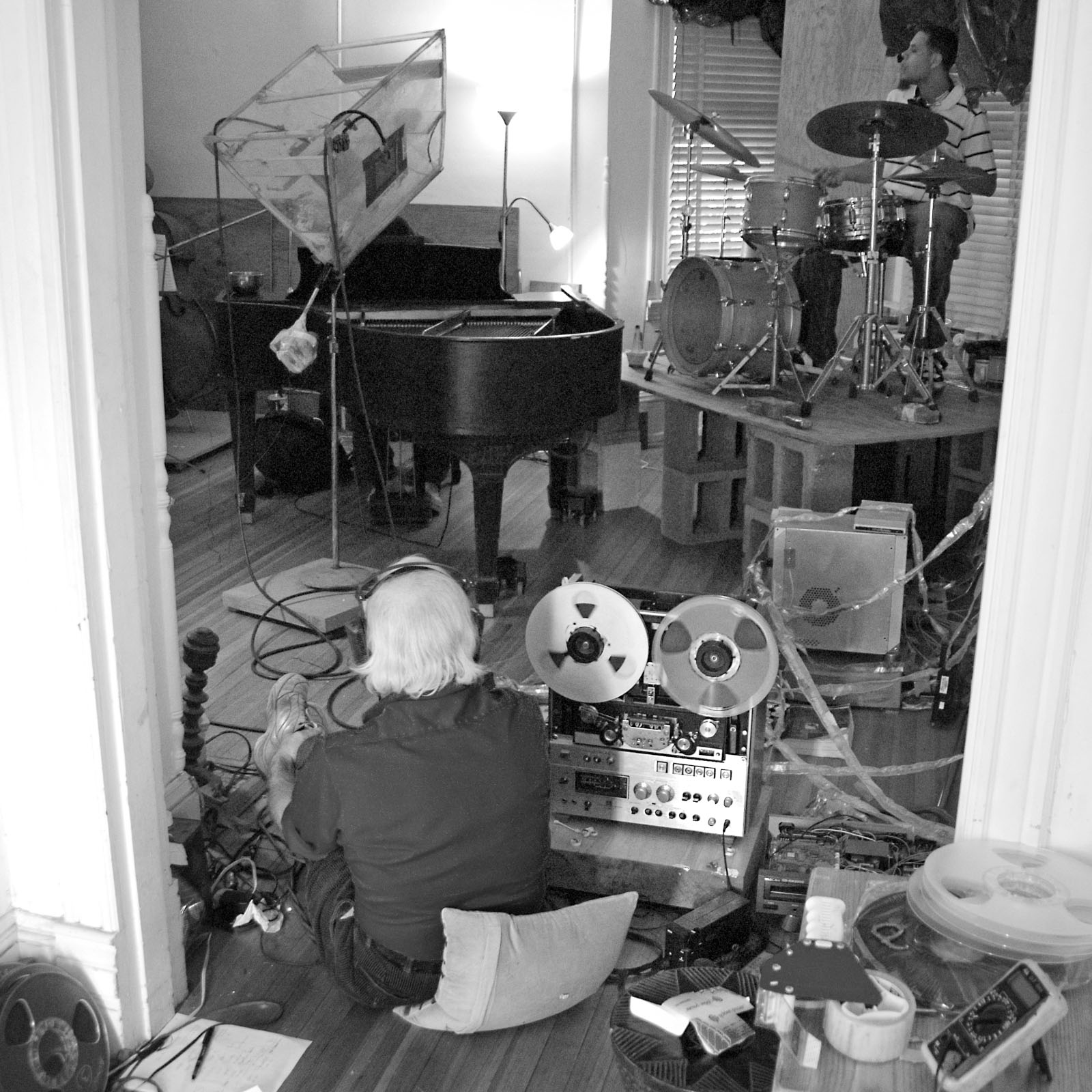
STUDIO TIMELINE
OUR GUARANTEE
To ensure you are satisfied with your purchase and can try our upgrades in your home system risk-free, we offer a 30-day moneyback guarantee for all stock Mapleshade audio and furniture products. Customized items, made-to-order finishes & some 3rd party products are excluded. Our Terms & Conditions apply.
ORDER BY PHONE
Call 410-685-4618 to order. We are open Monday through Friday, 9am to 5:00pm EST. You can also order through our webstore 24 hours a day at shop.mapleshadestore.com
ORDERING & UPGRADE ADVICE
We offer expert advice on how to improve the sound of your system using Mapleshade upgrades—as well as help in evaluating, installing or using any of our audio and furniture products. Email info@mapleshadestore.com or call 410-685-4619.
